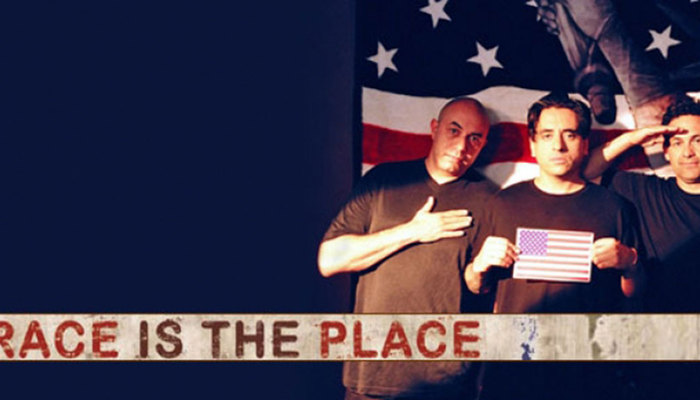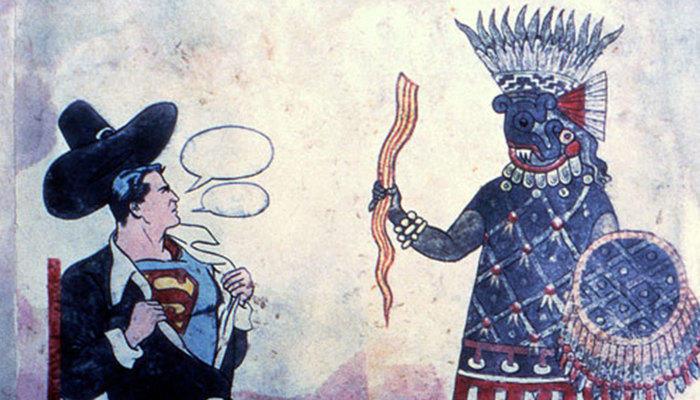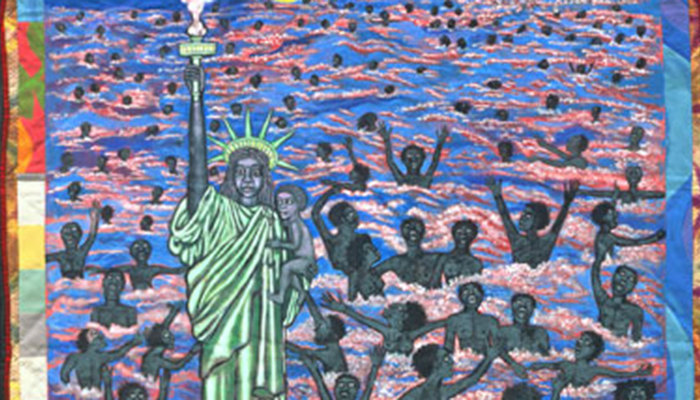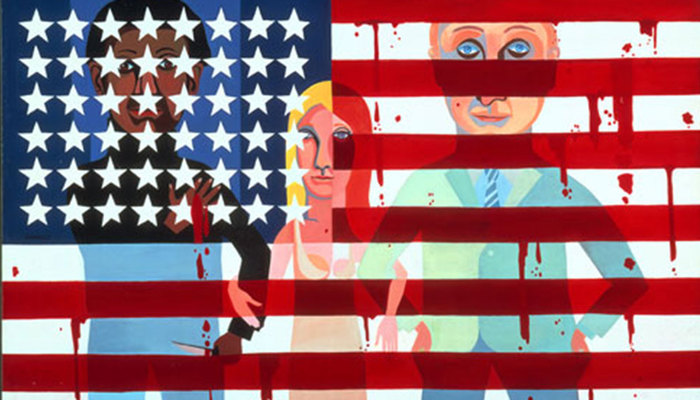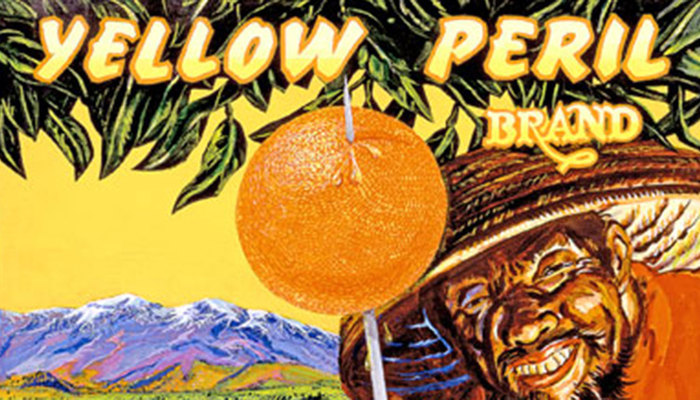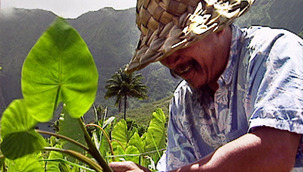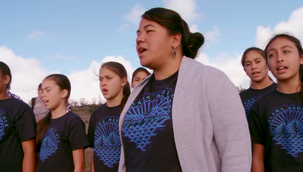
Race is the Place
Comedians, activists, poets, and scholars explore the issue of race.
- Filmmaker(s)
- Ray Telles
- Rick Tejada-Flores
- Category
- Full-Length Film
- Subject Matter
- Politics & Government, Race & Diversity, History
- Featured In
- 25 in 25
- Region
- Polynesia
- Year
- 2013
- Website
- www.pbs.org/independentlens/raceistheplace/
Funny, angry and profound, Race is the Place is a visual and verbal riff on race in America from a wide variety of artists, poets, rappers, performance artists and stand-up comics. Featuring established artists as well as up-and-comers, Race is the Place is a one-hour jam that combines racially charged clips from old movies with interviews and performances. These pieces dare to examine one of the most emotionally explosive issues in American life, busting stereotypes by using humor and poetry to say things traditionally left unsaid.
-
"Rick and I have done work in civil rights for a long time and felt a need to bring this issue up again in light of the fact that it hasn't been looked at with a fresh perspective for a while," says Ray Telles.
Race is the Place is the culmination of five long years of blood, sweat, and tears for co-producers Ray Telles and Rick Tejada-Flores of Paradigm Productions in Berkeley, California.
Up-and-coming comedy and spoken word artists along with activists, poets, and scholars make up the narrative of this poignantly emotional, borderline-controversial, and edgy piece. The performers represent a diverse range of backgrounds and viewpoints.
Telles adds, "We felt that instead of doing a traditional talking-head piece, we would like artists who work in this area to speak for themselves."
More About the Film
Race is the Place is definitely a departure from the traditional documentary. It will most likely resonate with a new generation of "X-ers" and "Y-ers" who are coming into their own in creating the new face of anti-racist sentimentality. These savvy and insightful performers are capitalizing on the entertainment wave and creatively channeling their angst while providing important commentary on race.For decades now, race relations have perpetuated in this revolutionary fashion. Why do artists choose to express themselves through the spoken word? Perhaps it is because of the simple fact that there is real power behind it.
"We're laundry people, sushi people, but we're not really people," Kate Rigg, spoken word artist and creator of the rant "Rice, Rice Baby" which pokes fun at the plight of Asian Americans and their misrepresentation in the media, discusses how ethnic minorities can be reduced to nothing but caricatures, even to the point of being sub-human.
Nationally-renowned comedian Andy Bumatai, who is of Hawaiian and Filipino descent, addresses the age-old argument that comedians create stereotypes.
"Comics create stereotypes?...No, we're just holding up a mirror to what's really happening in society. When people try to say comics are responsible for perpetuating stereotypes or even creating them...that's ridiculous. Back in the day, it was the job of the court jester to tease the king. Only he could get away with it. Comedy disarms you. It can be used to shock, to provoke. There's always a message in it, due to the lack of understanding of race. What good is comedy if it doesn't offend someone? If there's no truth in what you're saying, it's not funny."
Bumatai brings "local" humor to the comedy scene, which provides insight into the unique culture of Hawai'i.
"I use a borrowed type of humor that was on the plantations where everybody teased each other—all the different ethnic groups. That's the flavor I use in my humor."
In the same light-hearted way, Bumatai addresses sensitive and controversial issues, in particular one suggesting that Hawaiians were illegally overthrown by Captain Cook.
"We aren't all happy Hawaiians...we didn't all love him...he used guns against the Hawaiian people."
A portion of the film illustrates the historical context of racist sentiment and its perpetration in Hawai'i. It is suggested that early on, tourists setting foot in the Islands were bombarded with the subtle message that happy natives were more than willing to entertain the imagination and whims of the white man. But exploitation and imposition were at the heart of the acculturation process for these early settlers.
Haunani-Kay Trask, sovereignty activist, former chairperson, and current professor at the Center for Hawaiian Studies, University of Hawai‘i at Manoa, has this to say in the film: "Americans like to think they are a nation of immigrants. The implication then is that there were no natives there. But in reality, these settlers came to the islands to take land, women, and sovereignty from us. They colonized us and are still colonizing us with tourism."
The broad spectrum of tone and expression, in all its richness in diversity, makes this film multi-dimensional and groundbreaking.

